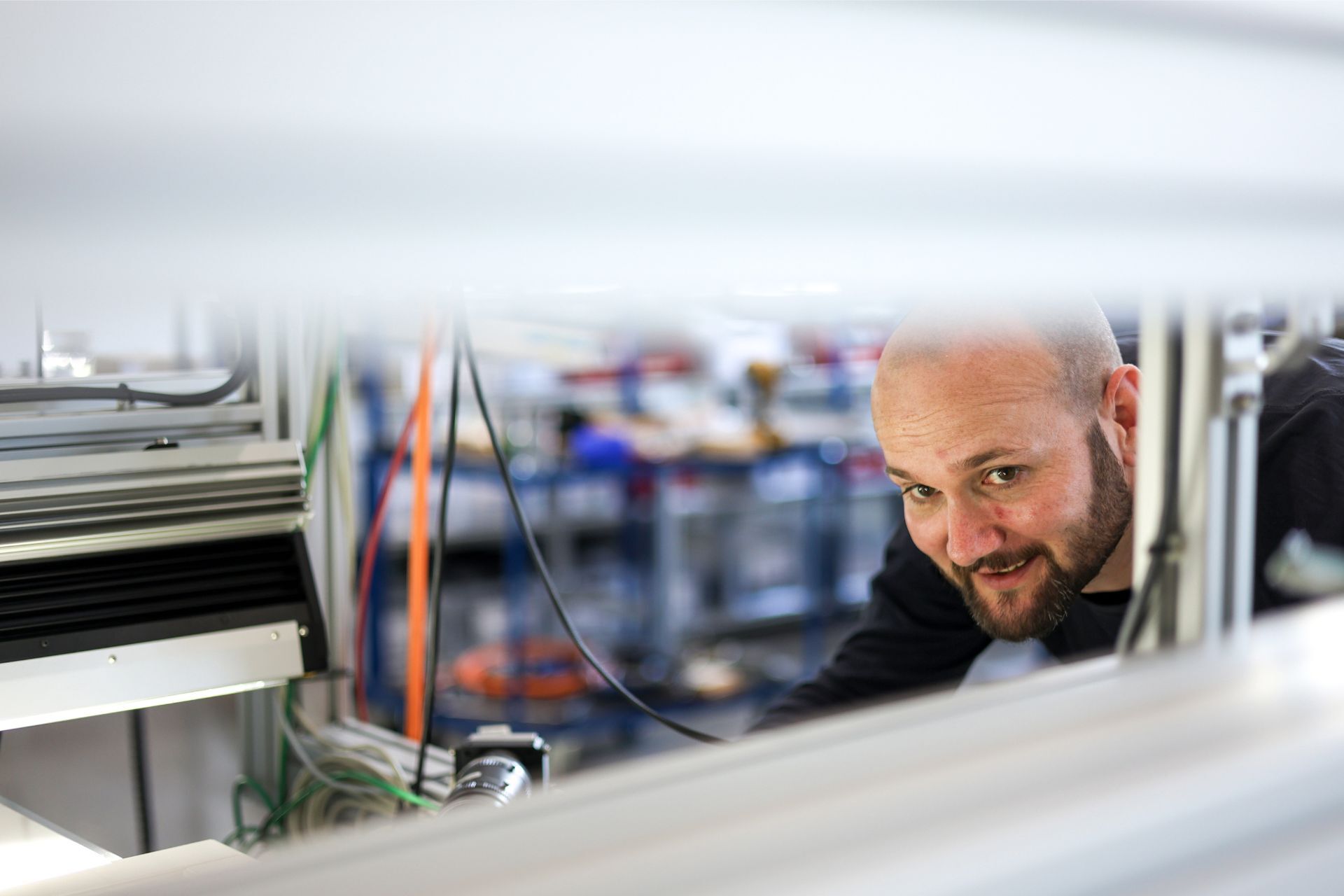.jpg?width=4745&height=3163&name=manufacturing%20(1).jpg)
Machine vision technology is used extensively in industrial manufacturing and quality control. It helps to inspect products for defects and ensure that they meet the required specifications. In many cases, machine vision can improve quality and efficiency in the manufacturing process.
Let's take a closer look at how machine vision impacts quality and efficiency in industrial production lines.
Catch any defects quickly
One use case is detecting flaws or defects in products. Machine vision can quickly and accurately identify flaws such as cracks, missing components, or incorrect positioning of parts. This helps manufacturers catch these issues before the product is shipped out, leading to higher quality products for customers.
Another use case for industrial machine vision is accurately measuring and inspecting products. This can include checking dimensions, counting items, or verifying the presence of specific features.
Making the most of human resources
By utilizing machine vision in the quality control process, companies can improve efficiency by reducing the need for manual labor. This allows human resources to be used in areas where they can make the biggest impact, rather than spending time on repetitive tasks. Additionally, using machine vision can lead to more accurate and consistent results in quality control, as it eliminates human error.
Machine vision allows for highly precise and accurate inspections in a variety of industries, including manufacturing and packaging. It can detect even the smallest defects or inconsistencies, improving overall product quality. Additionally, it can perform inspections at a much faster rate than manual inspection, increasing efficiency and productivity.
Consistent results around the clock
Machine vision technology does not get tired and consistently delivers accurate results. Unlike a human inspector, a machine can work around the clock without suffering from fatigue or making errors. This leads to increased productivity and reduced waste in manufacturing processes. Additionally, machine vision systems can often detect defects that may be too small or subtle for a human inspector to notice.
Implementing machine vision technology in manufacturing can greatly improve efficiency and product quality.
.jpg)



%20Stor.jpeg)